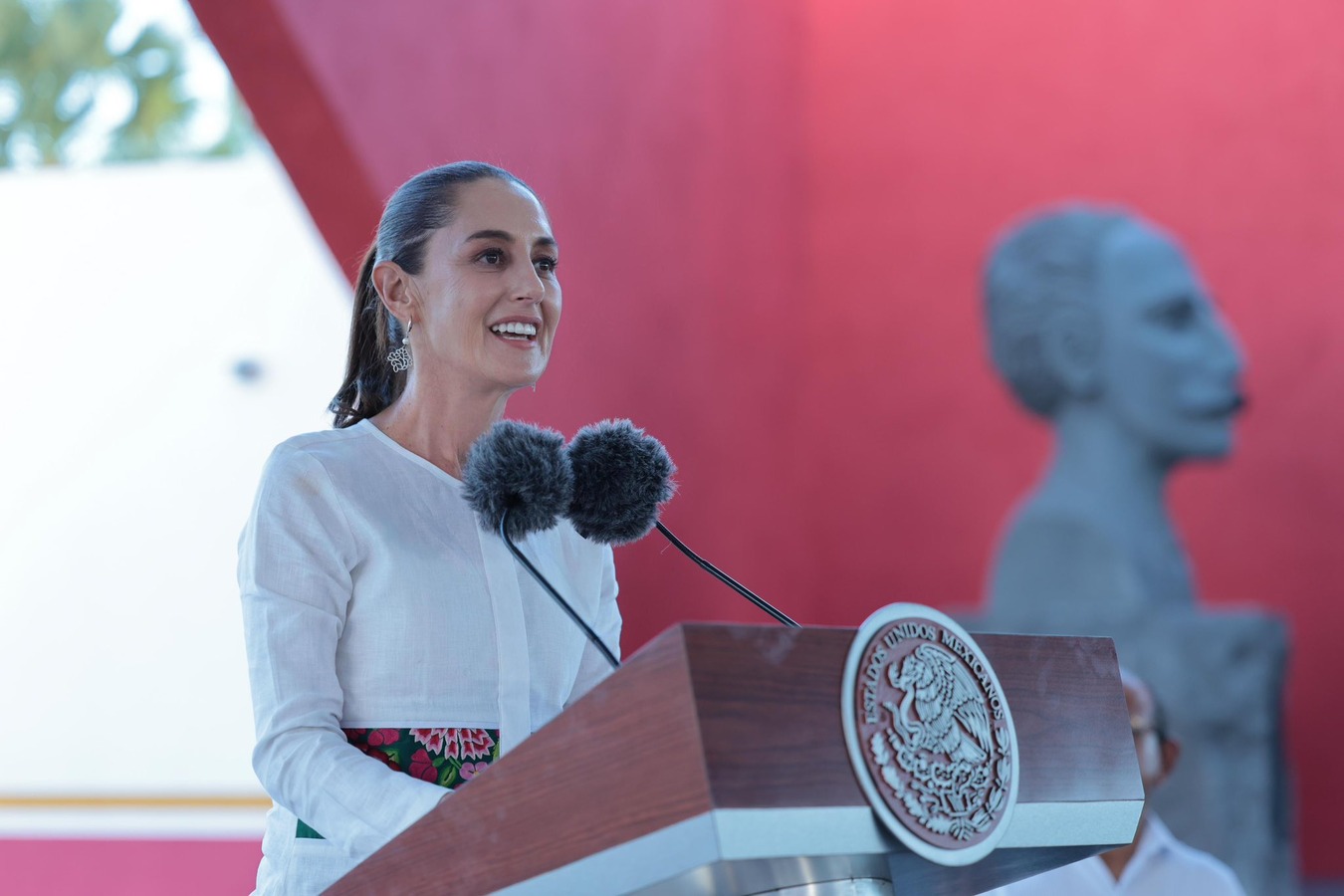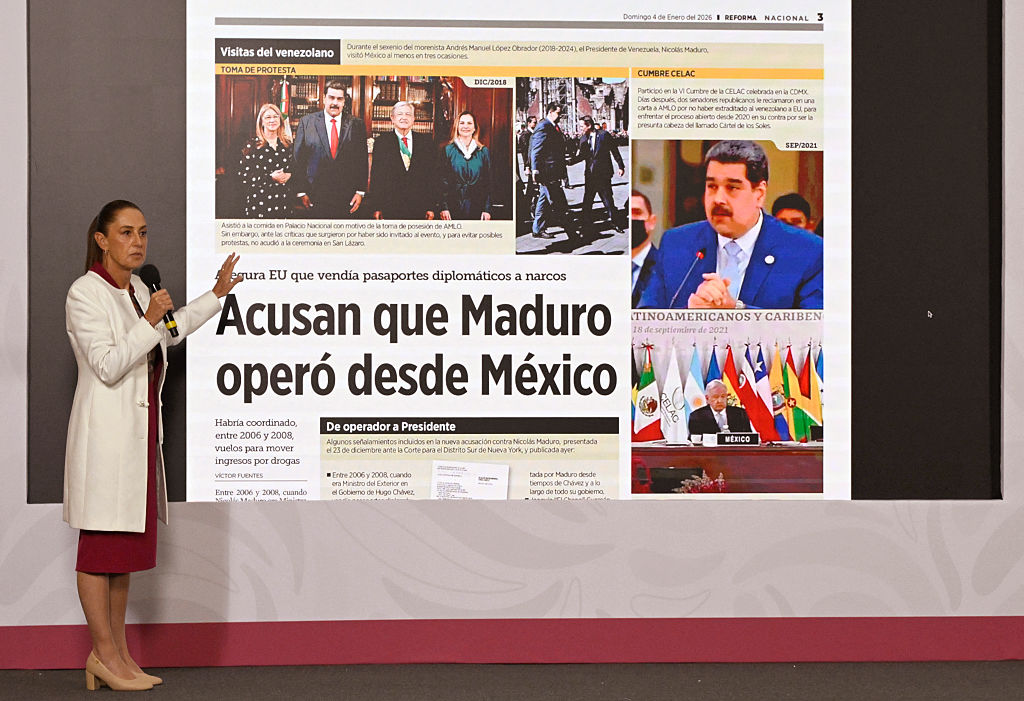Mexico and the United States: Intertwined Destinies
Mexico and the United States: Intertwined Destinies
The United States and Mexico should advance border relations beyond security issues to fully seize bilateral economic opportunities, writes COA’s Eric Farnsworth for PODER.
Immigration reform proposals don’t reflect trade relations between the United States and Mexico.
Virtually everything we hear in Washington about the U.S.-Mexico border these days is negative. For many, the border is a line that divides rather than unites us. The latest example: as part of immigration reform, the Senate voted to seal the border further, despite virtually zero net new migration from Mexico and a multibillion dollar price tag. This, at a time of budget austerity and sequestration. The further away from the border, the greater its caricature as a lawless zone where illegal, unimpeded crossings regularly occur.
Here’s a problem with that approach. Sealing the border seals the border, not just for security or immigration purposes but also for legitimate and necessary commercial activities. In some ways, borders function as the windpipe of the U.S. economy. If they are constricted, the U.S. economy suffers. And Mexico is the second largest export market for the United States and the third largest trading partner, after Canada and China. Bilateral trade surpasses $1 billion every day.
Border states depend on trade with Mexico, but so do hundreds of thousands of U.S. jobs in states such as New York, Florida, Illinois, Pennsylvania, and Ohio. In fact, 23 states count Mexico as their first or second export market. A smooth running, effective border is essential for the health and well-being of the broader U.S. economy.
There’s more. Today, the United States and Mexico don’t merely trade together, as we did when NAFTA was passed 20 years ago. Now we produce together, based on fully integrated supply chains and comparative advantages that may see a product cross the border up to eight times from beginning to end. Each crossing brings administrative requirements, paperwork, and delay, raising costs and reducing competitiveness. When the competition is China or Vietnam, whose products only cross the border once before getting to market in the United States, anything that puts sand in the gears of economic efficiency is noteworthy.
Having been to the San Diego-Tijuana border in February and to Laredo-Nuevo Laredo previously, I returned to Texas to investigate border conditions at El Paso-Juarez in August. What I found was not the stereotypical image of queuing migrants and running gun battles, but a relatively integrated community wanting greater attention to infrastructure that links both nations rather than higher walls that divide them. I also found a true spirit of cooperation among business, academic, and local political leaders who recognize that the border region must increasingly operate as integrated whole. Mandates imposed by Washington or Mexico City without a solid understanding of the border community and meaningful stakeholder consultations can backfire.
Whether it’s University of Texas at El Paso President Diana Natalicio, working diligently to get qualified students from Mexico to further their education in El Paso, or Rep. Beto O’Rourke (D-Texas) working tirelessly both in Washington and at the border to highlight the region as a vital economic engine, or the mayors of El Paso and Juarez seeking to improve infrastructure and opportunities in order to draw investment and create jobs, this is a group effort. And businesses such as Delphi and Foxconn are responding, not with low cost assembly operations but with value added, globally-competitive manufacturing that employs highly qualified managers and skilled engineers constantly winning patents.
True, the security situation, particularly in Juarez, must improve (in contrast El Paso is actually one of the safest U.S. cities). Until it does, perceptions of insecurity will limit investor interest while supporting views of the border as a dangerous zone which requires a militarized approach. And to increase its own competitiveness, Mexico must continue with the reform effort launched by President Enrique Peña Nieto, particularly in energy and taxes, two sectors where dramatic economic gains await, assuming Mexico City can push through meaningful reforms. These issues take time and diligent effort.
In the meantime, both governments, through the 21st Century Border Initiative, are working to improve border conditions. Bilateral discussions in Mexico in September as part of the High Level Economic Dialogue launched during President Obama’s travel to Mexico City in May have also advanced border issues. These are positive steps. Now they must be infused with a greater sense of urgency, working with legislators in both nations, so that actions taken for security do not prove to be an unnecessary drag on mutual competitiveness or economic growth. Costs and benefits must be adequately weighed. As China builds its global competitiveness, we must do so too.








